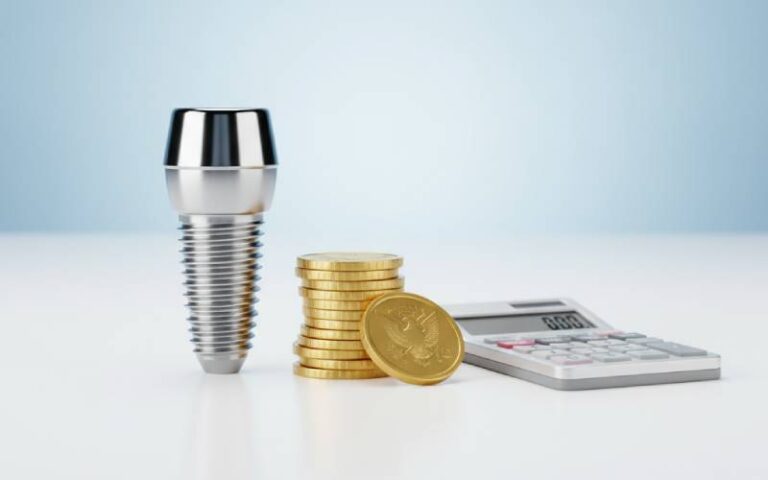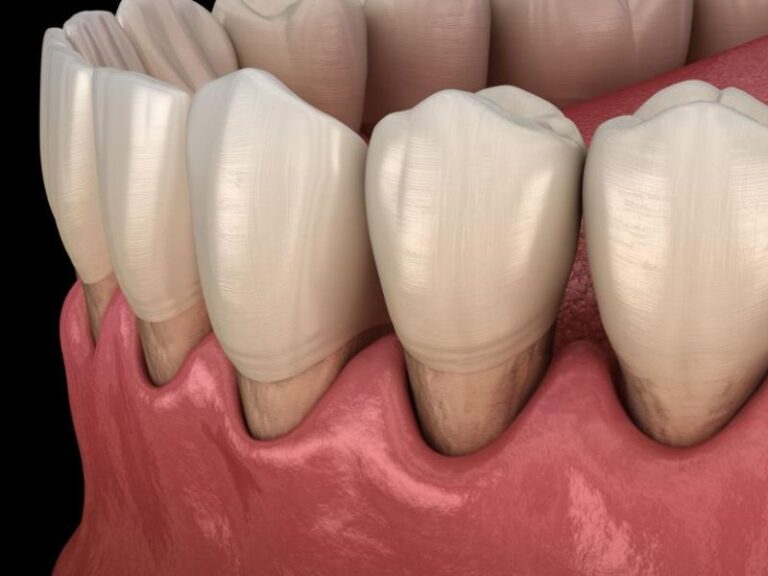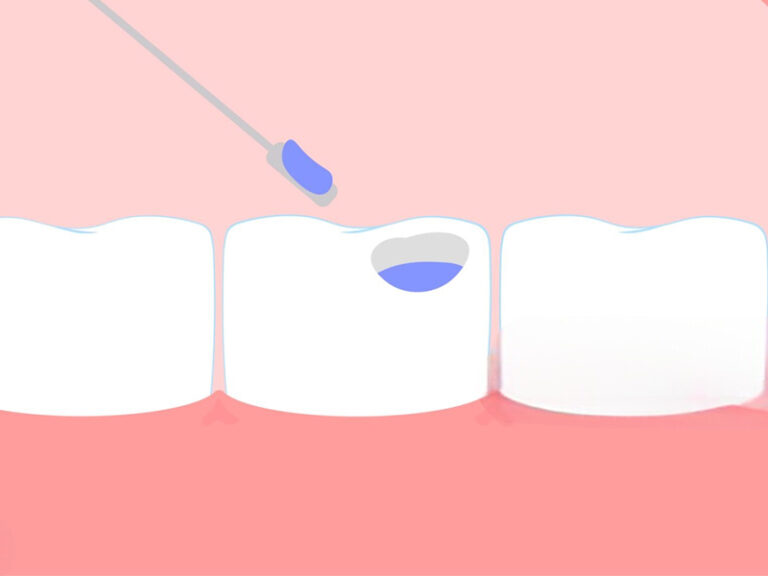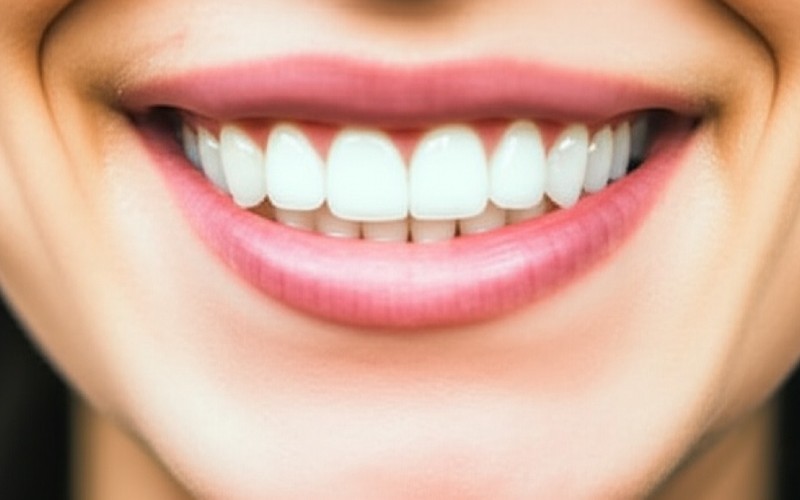
Braces vs. Retainers: Your Complete Dental Guide
Simple is always better. Let’s talk about something many people find confusing: braces and les dispositifs de retenue. You might think they are similar, but they have very different jobs. A brace is like a team of construction workers building a house. A retainer is like the house’s foundation, keeping everything strong and in place after the work is done. This article will simply explain everything you need to know about a brace and a retainer. By the end, you’ll understand what each one does, why you might need them, and how to care for them for a happy, healthy smile.
Table des matières
What are Braces, Really?
Let me tell you, a brace is a powerful tool. Braces are orthodontic devices used to fix teeth that are not straight. If you have dents de travers ou un misaligned bite, a brace is often the answer. Its main job is to move teeth. A brace works by putting continuous pressure on the teeth. Cette gentle pressure slowly pushes each dent into its proper place. Think of it as a slow, steady guide for your smile.
A brace is more than just metal. Braces are used as part of a full traitement orthodontique plan made by your orthodontiste. The most common brace utilise brackets and wires. The brackets are glued to each dent, and a wire connects them. Your orthodontiste will tighten this wire over time. This tightening is what moves your dent into alignment. The goal of wearing braces is to straighten teeth and correct any bite issues, giving you better santé bucco-dentaire. A brace does the heavy lifting to get your teeth where they need to go.
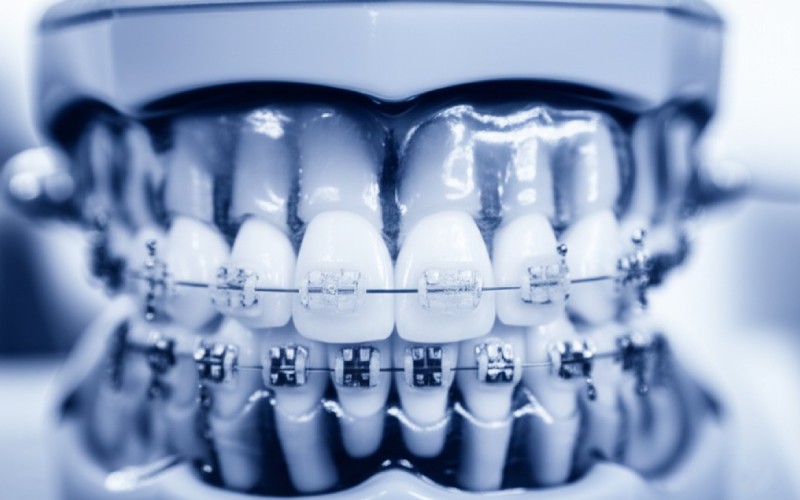
So, What is a Retainer Then?
Après votre brace has done its job, the next hero in your dental story is the dispositif de retenue. So, what is a dispositif de retenue? A dispositif de retenue is a custom-made device designed to keep your teeth in place. When your braces are removed, your teeth are in their perfect new position. But they won’t stay there on their own. The job of the dispositif de retenue is to hold them in place so they don’t move back.
Think of it like this. Your teeth have a memory. They want to shift back to their original spots. A dispositif de retenue prevents this from happening. Unlike a brace, a dispositif de retenue doesn’t actively move teeth. Instead, it applies just enough pressure to keep the teeth from moving. Retainers are essential to protect the investment you made in your smile. Without a retainer, all the hard work your brace did could be lost. The dispositif de retenue ensures your newly dents droites stay that way for life.
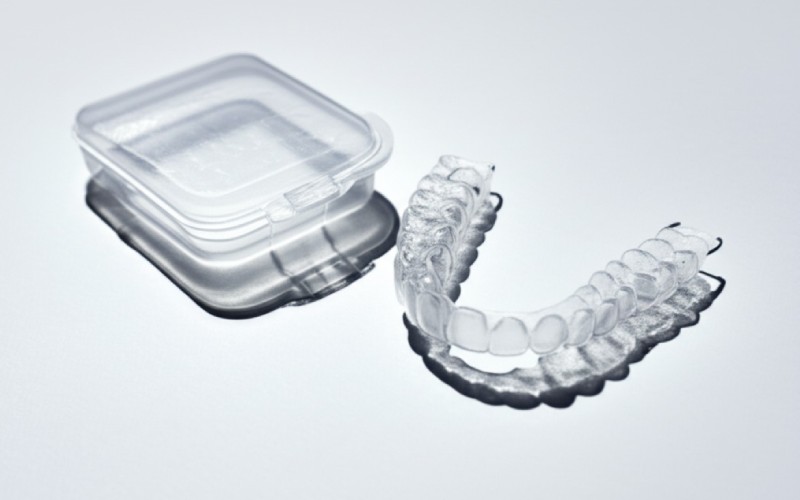
What are the Main Differences Between a Brace and a Retainer?
People often mix up a brace et un dispositif de retenue, but they have very different roles. Let me break down the differences between braces and retainers for you. The biggest difference is their purpose. A brace is for active treatment. It is designed to move your dent into proper alignment. A dispositif de retenue, on the other hand, is for passive treatment. It is used to maintain the position of your dent after the brace is gone.
Ces orthodontic devices serve different purposes in orthodontic treatment. A brace utilise wires and bands to apply continuous pressure to shift a dent. It’s a tool for correction. A dispositif de retenue is a tool for preservation. Retainers are made de plastic or acrylic and wire, and they simply hold your teeth dans leur new position. You can think of braces and retainers as a two-step process: first, the brace moves, then the dispositif de retenue holds. They work as a team, but never at the same time. They are equally important for a great smile.
Are a Brace and a Retainer Used at the Same Time?
The simple answer is no. You will not wear a brace et un dispositif de retenue on the same dent at the same time. They are used in two separate phases of your traitement orthodontique. The first phase is the active phase. This is when you are wearing braces ou aligneurs transparents à straighten your smile. Your brace is working hard every day to move each dent into the right spot.
The second phase is the retention phase. This begins the day your braces come off. Your orthodontiste will give you a dispositif de retenue. Les dispositif de retenue is what you wear to make sure your teeth stay in place. You can’t have both a brace et un dispositif de retenue because they do opposite things. A brace is for moving, and a dispositif de retenue is for staying. The dispositif de retenue takes over after the brace has finished its important work.
Why Do I Even Need a Retainer After My Brace Comes Off?
After months or years with a brace, it’s tempting to think you are finished. But the journey to a perfect smile isn’t over yet. Your teeth need time to settle into their new spots. The bones and gums around each dent need to get strong. Without a retainer, your teeth will almost certainly try to shift back to their original positions.
This is a natural process. Your teeth are stubborn! A dispositif de retenue is the only thing that will prevent teeth from moving. Retainers keep your smile looking just as good as it did the day your brace was removed. Wearing a retainer as your orthodontiste tells you is key to long-term success. Retainers ensure that your beautiful, straight dent alignment lasts a lifetime. The dispositif de retenue is a small step that protects a very big investment in your santé bucco-dentaire.
What are the Different Types of Braces?
When you and your orthodontiste decide you need a brace, you will have a few options de traitement. There are different types of braces, and the one you get depends on your dentaire needs and what you prefer. The most common are appareil dentaire traditionnel. These are the appareils dentaires en métal you probably think of first. They are made of metal brackets and wires and are very strong and effective. They work well to straighten even the most crooked dent.
For those who want something less noticeable, there are appareils dentaires en céramique. A céramique brace works just like a metal one, but the brackets are clear or tooth-colored. This makes them blend in more. Another option is appareils dentaires linguaux. Cette brace is put on the back of your teeth, so no one can see it from the front. Finally, there are aligneurs transparents comme Invisalign. These are not a brace in the traditional sense, but they serve the same purpose to straighten teeth. They are a series of clear plastic trays that you switch out every few weeks to move each dent.
What Kinds of a Retainer Can I Get?
Just like with a brace, you have choices when it comes to your dispositif de retenue. Votre orthodontiste will help you pick the best type of retainer for you. The two main kinds are les dispositifs de retenue amovibles et les dispositifs de retenue fixes. A removable dispositif de retenue is one you can take in and out of your mouth. One popular removable dispositif de retenue is the Hawley dispositif de retenue, which has a wire that sits across the front teeth, connected to an acrylique plate. Another is a clear plastic retainer, which looks like an Invisalign tray. It fits perfectly over your dent row.
The other option is a fixed retainer. These are also called bonded retainers. A fixed retainer is a thin wire that is bonded to the back of your front teeth, usually the lower front teeth. You can’t take this dispositif de retenue out. The good thing about this type of retainer is that you can’t forget to wear it! It gives you constant protection to prevent teeth from shifting. Both types of dispositif de retenue work very well to maintain the results de votre traitement orthodontique.
How Do I Care for My Brace or Retainer?
Bon santé bucco-dentaire is extra important when you have a brace ou un dispositif de retenue. For a brace, you need to be very careful with your brosse à dents. Food can easily get stuck in the brackets and wires, so you have to brush after every meal to reduce the risk of cavities. Your orthodontiste will show you the best way to clean around your brace. It takes more time, but it’s worth it.
Caring for a dispositif de retenue is a bit different. If you have a removable dispositif de retenue, you need to clean it every day. You can use a brosse à dents and some soap, but avoid using toothpaste. Toothpaste can be too rough and can scratch the surface de la dispositif de retenue. When you are not wearing your support amovible, always keep it in its case to avoid damage. If you have a fixed retainer, you just need to be extra careful when flossing around the wire to keep your dent and gums healthy.
How Long Do I Have to Wear a Brace?
This is the million-dollar question for anyone starting traitement orthodontique. The truth is, it’s different for everyone. How long you have to wear a brace depends on what your teeth need. For some people with minor issues, it might be less than a year. For others with more serious l'encombrement dentaire or bite problems, it could be two years or more. Your orthodontiste will give you an estimated timeline at the beginning of your treatment.
The length of time you wear your brace is determined by how much your dent needs to move. Braces require regular visits to the orthodontiste for adjustments. These appointments are very important for keeping your treatment on track. Remember, the goal is to get your teeth into proper alignment safely and effectively. It’s a marathon, not a sprint. You may need to wear votre brace for a while, but the result is a beautiful, healthy smile that lasts.
Which One is Right for Me: A Brace or a Retainer?
This question shows a small mix-up, but it’s an easy one to clear up. Deciding between a brace ou un dispositif de retenue is not really a choice you make. They are not two different paths to the same goal. They are two different parts of the same journey. You can’t ask which one is right for you, because you will likely need both.
Here’s how it works. If you have crooked teeth, you need a brace ou aligneurs transparents à straighten them. A dispositif de retenue cannot do this job. A dispositif de retenue is not designed to move a dent into a new spot. After your brace has done its work, you will need a dispositif de retenue. Les dispositif de retenue is designed to keep the teeth dans leur newly straightened alignment. So, the real answer is that the brace is right for fixing your teeth, and the dispositif de retenue is right for keeping them fixed. Your orthodontiste will guide you through both steps to make sure you get and keep the smile you want. Braces and retainers play different roles, and both are needed.
Key Takeaways to Remember:
- Braces Move Teeth: A
braceis used during activetraitement orthodontiqueto apply pressure and move adentinto the correctalignment. - Retainers Hold Teeth: A
dispositif de retenueis used after braces are removed. Its job is tohold your teethdans leurnew positionetprevent teethfrom shifting back. - They Work in Sequence: You wear a
bracefirst tostraightenyour teeth. You wear adispositif de retenuesecond tomaintain the results. You do not wear them at the same time. - Both are Crucial:
Braces and retainerssontequally important. Skipping thedispositif de retenuecan undo all the hard work yourbracedid. - Follow Your Orthodontist’s Instructions: Votre
orthodontisteis your guide. Listen to their advice on whichbraceoudispositif de retenueis best for you and how to care for them.


